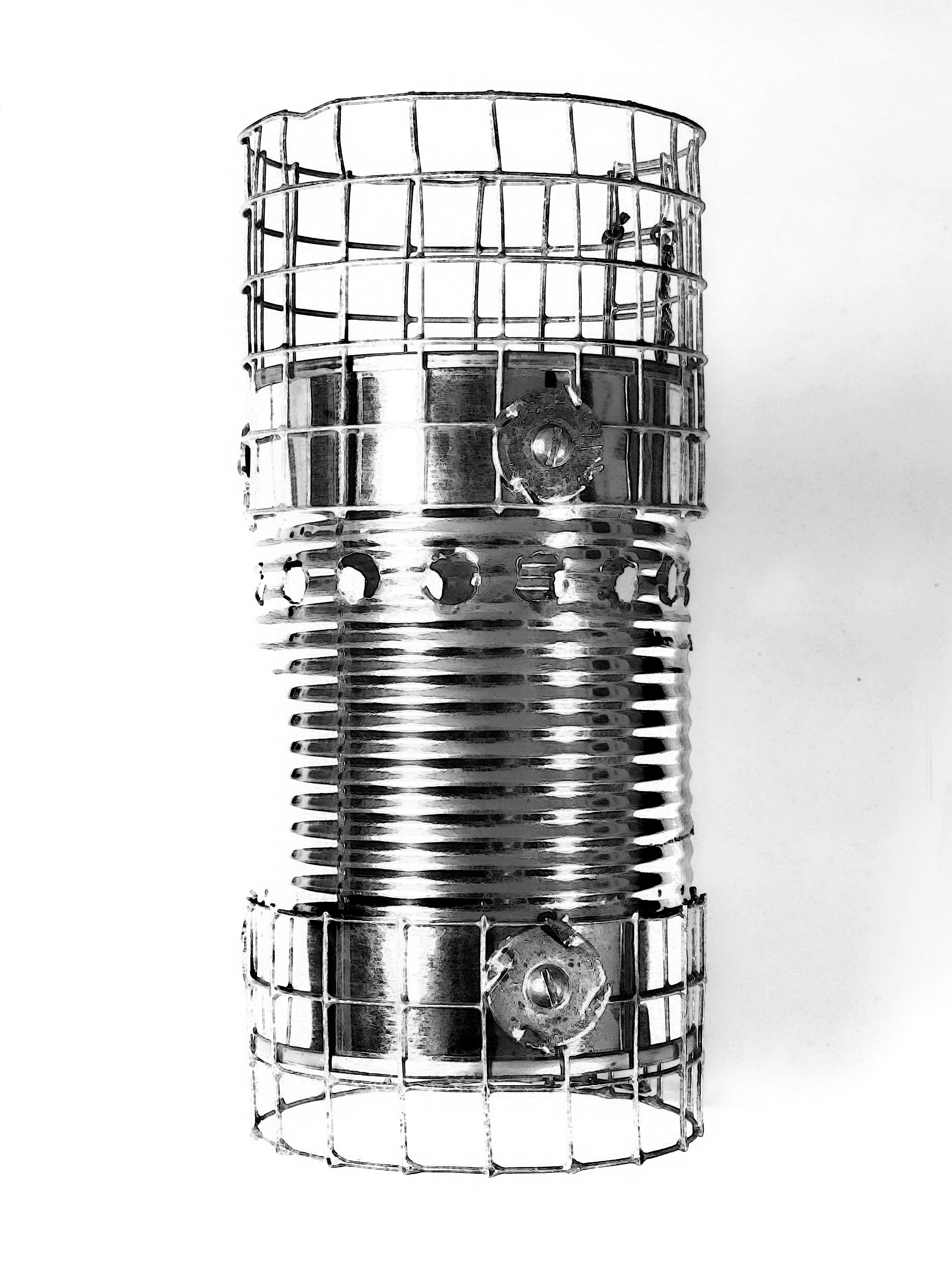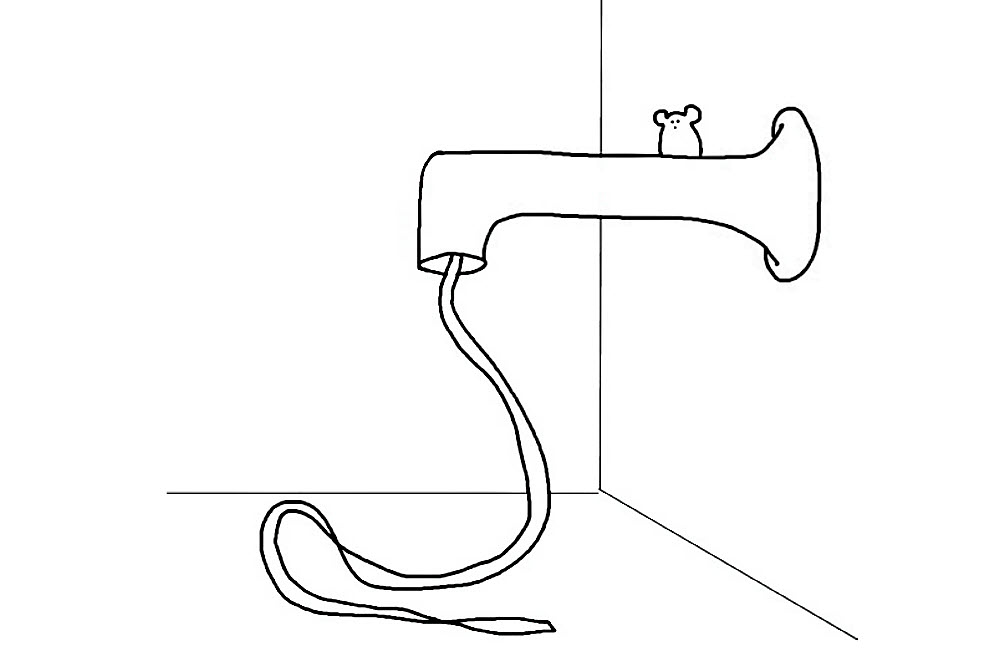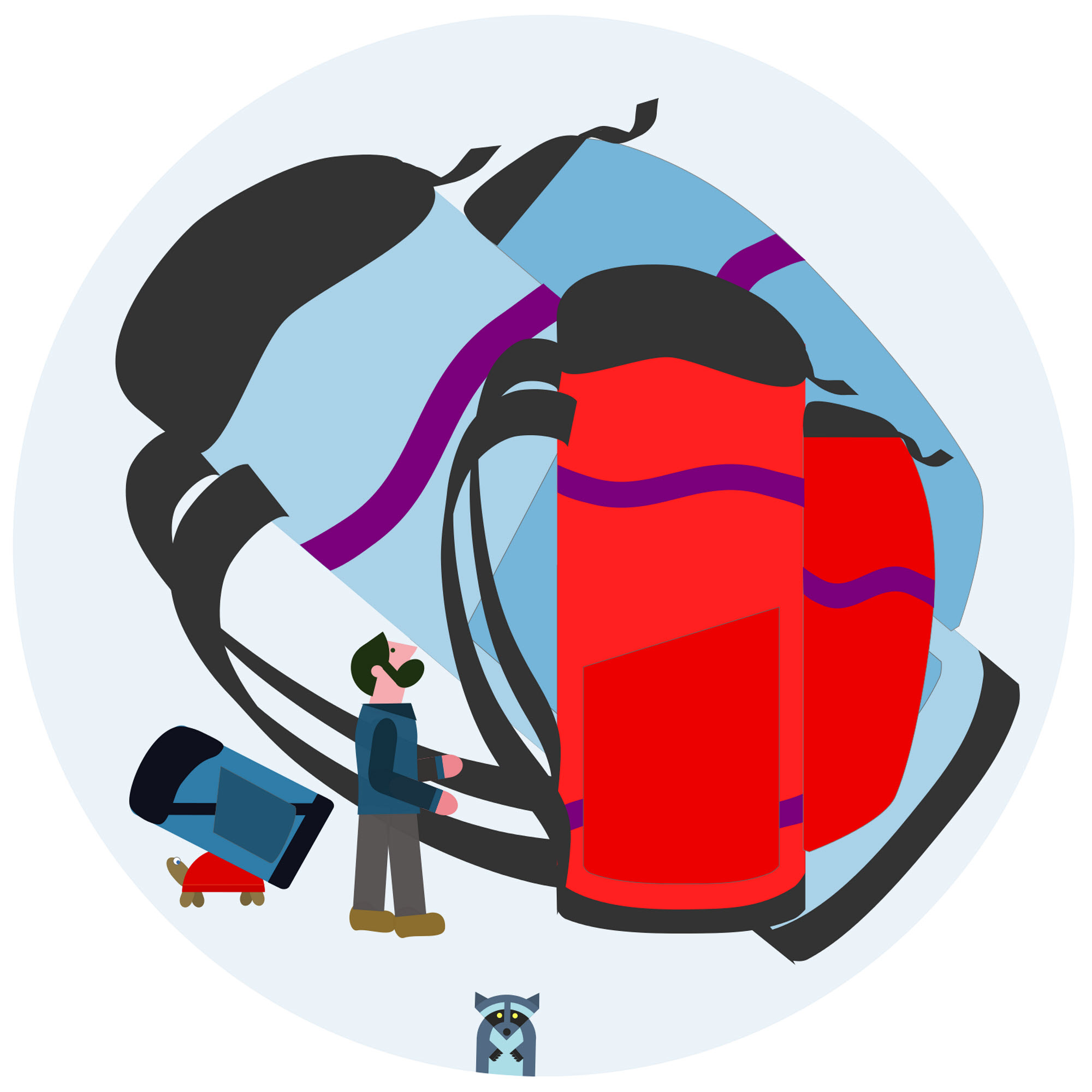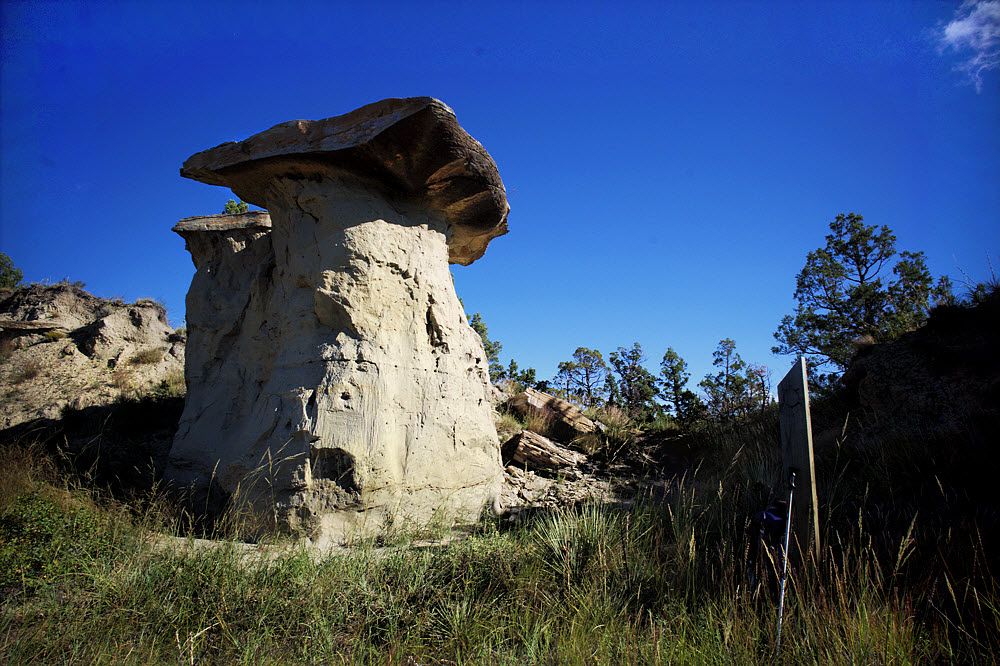(1) Steaming is a method of cooking that uses steam to transfer heat to food.
Because of the heat of vaporization, steam at the temperature of boiling water actually contains much more heat energy than the boiling water it comes from. So When steam hits the surface of food it cools and condenses, transferring all that heat to the food, which cooks the food. (Good guess, right?)
Submerging food in boiling water also heats it, but requires enough water to cover the food.
Instead of using a large amount of heat to boil a large amount of water, it's possible to use a small amount of heat to vaporize a tiny amount of water and cook food faster with less fuel.
Amazing! But true!
Also, after food is boiled, you are left with a large amount of hot water that you typically don't need for anything, so you throw it out.
When done steaming you'll have only a trace of water to toss out, and therefore you save even more fuel.
Food can be steamed "bare", in a pot, or inside a container, like a heat-proof bag. Cooking food in a bag is roughly equivalent to baking it, but using steam instead of hot air. Since air is a poor carrier of heat, true baking is extremely inefficient, and even more so for the ultralight backpacker.
(2) Cooking by immersion in steam, or the action of steam on something. "The action of steam on something." Now that's a definition. If I wasn't so laid back I'd be totally steaming, though I'll never be tasty without lots of ketchup.
(3) Getting rid of an unwanted companion by simply being annoying enough that the person leaves your vicinity. Don't try this with someone who habitually carries a club though. (Word to the wise.)
Have anything worth adding? Then try sosayseff@gmail.com
Me? Recently got my nubbins buffed. All shiny now.
Etc...
so says eff: sporadic spurts of grade eff distraction
definitions: outdoor terms
fiyh: dave's little guide to ultralight backpacking stoves
boyb: dave's little guide to backpacks
snorpy bits: nibbling away at your sanity
last seen receding: missives from a certain mobile homer
noseyjoe: purposefully poking my proboscis into technicals






























